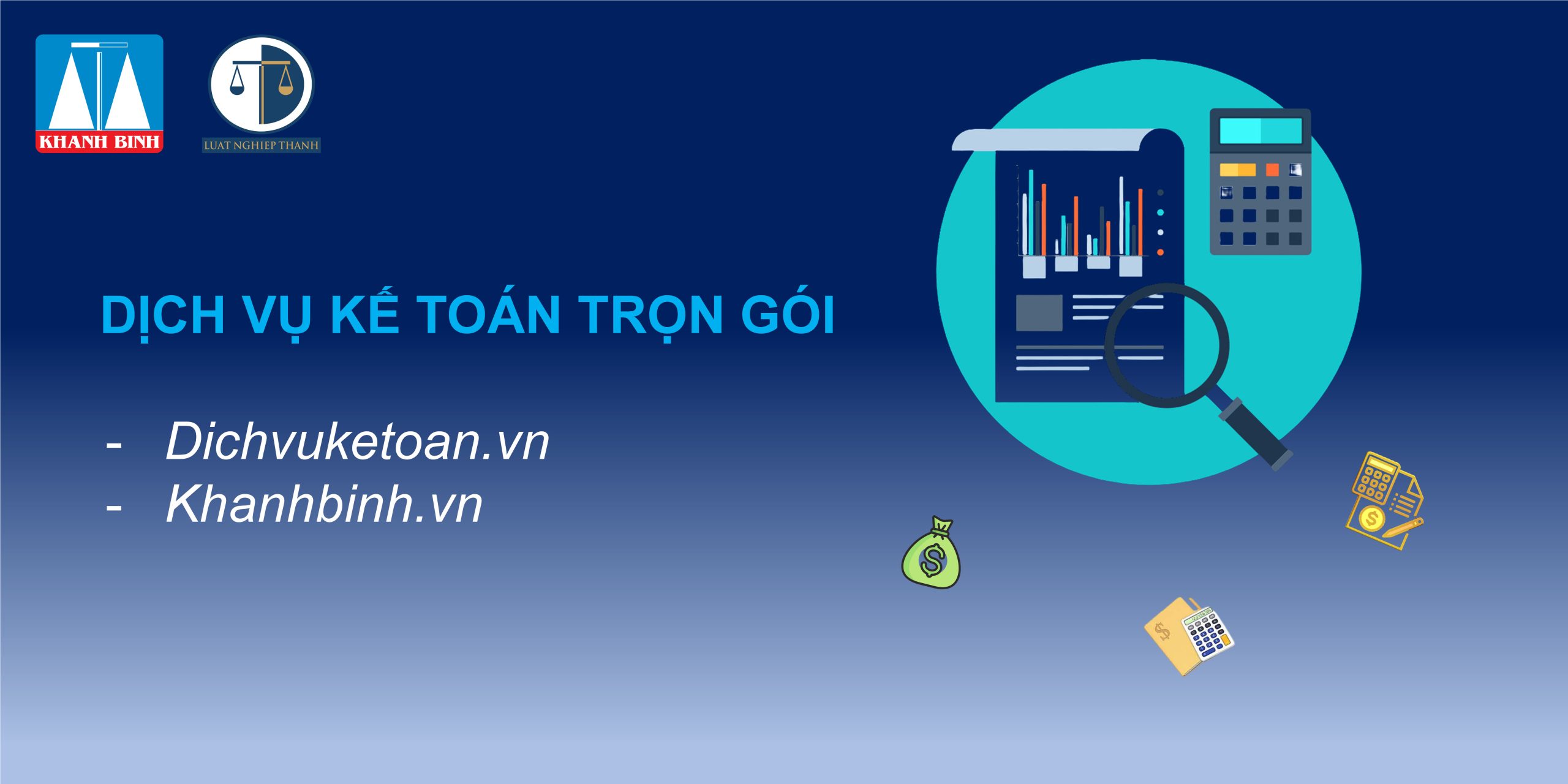Capital increase in joint-stock companies in Viet Nam

Original article written in Vietnamese Tăng vốn công ty cổ phần
Vietnamese enterprises are established and operate under different types, among which joint-stock company is commonly chosen due to its advantages when entering global integration. A joint-stock company has the features of a capital-based company (Original terms in Vietnamese: “công ty đối vốn”. Unlike relationship-based company (công ty đối nhân), the establishment of a capital-based company centres on capital contribution rather than relationship of trust), where shareholders exercise their voting rights based on how many shares they hold. Then, let’s figure out how to increase the capital of the company by shares with Nghiep Thanh Law.
There are four ways to increase the charter capital of a joint-stock company (hereinafter referred to as a JSC) through the issuance of an additional number of shares of the company and offering to different people. These people are regulated by law, including[1]:
Option 1: Offering to existing shareholders in the company[2]
Accordingly, an increased number of shares (corresponding to the increased capital) are sold to existing shareholders in the company. This helps the company increase the company’s existing capital without having new shareholders. And it should be noted when offering shares that the number of new shares purchased by a shareholder must be proportional to the number of shares owed by that shareholder.[3] However, existing shareholders have the right to transfer their pre-emptive rights to other people.[4]
On the other hand, not all joint-stock companies are public companies, because the complexity and capital resources to become a public company are not common for all types of small and medium enterprises in Viet Nam. Therefore, the scope of this article only refers to the type of JSC that is not a public company. The method of offering shares to existing shareholders of the company is much simpler than that of a public company, in particular[5]: The company needs to notify the existing shareholders in writing at least 15 days prior to the end of the offering. The address to send the notice is the contact address recorded in the register of shareholders[6].
Option 2: Private placement of shares
A private placement of shares is an increase in the number of shares of the company and an offer for sale under the following conditions[7]: i) Not offering for sale through mass media; ii) Only allowed to offer for sale for not more than 100 investors (including professional investors, professional securities investors).
This is considered an outstanding provision of the current enterprise law, according to which the private issuance of shares is the driving force for businesses to move towards mergers and acquisitions (also known as M&A – corporate mergers and acquisitions). Specifically, outsiders (who are not shareholders of the company) can buy shares individually without going through a share transfer contract as before, which results in that person not needing to pay income tax incurred from securities transfer[8], contributing to creating favorable conditions for investors to pour cash flow, increasing the charter capital of the company.[9]
Some notes on making a private placement of shares of a JSC that is not a public company: i) The company decides share offering plan (quantity, par value of shares, transfer requirements, payment term, etc.); ii) Only if the existing shareholders do not buy shares, the General Meeting of Shareholders will approve outsiders buying shares provided that they will not be in more favorable conditions than the shareholders of the company; iii) Within 10 days, the charter capital increase must be registered with the Business Registration Authority.[10]
Method 3: Public offering
Public offering is the issuance of additional shares to raise capital of a JSC through mass media, offering for at least over 100 investors (regardless of professional or unspecified investors).[11] Currently, there are two common ways of offering: an initial offering and an additional share offering or stock options.[12]
As a large-scale capital-raising activity, the requirements and procedures for carrying out the public offering are complicated and legally controlled. Accordingly, for a company issuing shares to the public for the first time with a charter capital of VND 30 billion or more and operating within the last 2 consecutive years, it must make a profit. For a company issuing additional shares or stock options, the last 5 consecutive years is required. [13]
Method 4: Dividend payment in the form of shares
Share contribution and ownership is an investment activity that benefits from business activities of the JSC. Shareholders will be paid the company’s net profits for each share they own, also known as dividends. Recently, dividends can be paid in the form of cash, assets having equivalent value or new shares.[14]
The payment of dividends needs to meet requirements of tax, financial statements on company funds, debts, etc.[15] The payment of dividends in shares helps the company increase the number of shares, thereby increasing its charter capital without going through the offering of shares, but still ensuring to increase the company’s charter capital through existing shareholders.
Read more: The scale of fines for selling shares “under the counter” in Viet Nam
Read more: Hậu quả pháp lý của việc tăng vốn ảo
The content above is the advice on “Capital increase in joint-stock companies in Viet Nam”
If you find the article useful, let’s spread the knowledge to the Community by clicking “Share” this article.
Nghiep Thanh Law thank you for reading and sharing. We look forward to receiving your feedback and suggestions.
Translator: Le Khanh Linh
Content writer: Le Kim Bao Ngoc
Instructor: Nguyen Linh Chi
Admin: Lawyer Thuan
[1] Article 123 Law on Enterprise 2020.
[2] Article 124 Law on Enterprise 2020.
[3] Article 124.1 Law on Enterprise 2020.
[4] Article 124.2(c) Law on Enterprise 2020.
[5] Article 124.2 Law on Enterprise 2020.
[6] Article 124.2(a) Law on Enterprises 2020.
[7] Article 125 Law on Enterprises 2020.
[8] Article 3.3 Law on Personal Income Tax 2007.
[9] [https://baodautu.vn/phat-hanh-co-phan- rieng-le-doi-ben-cung-co-loi-d134329.html].
[10] Article 123.4 Law on Enterprise 2020.
[11] Article 4.19 Law on Securities 2019.
[12] Article 14 Law on Securities 2019.
[13] Article 15 Law on Securities 2019.
[14] Article 135 Law on Enterprise 2020.
[15] Article 135.2 Law on Enterprise 2020.
Views: 93




